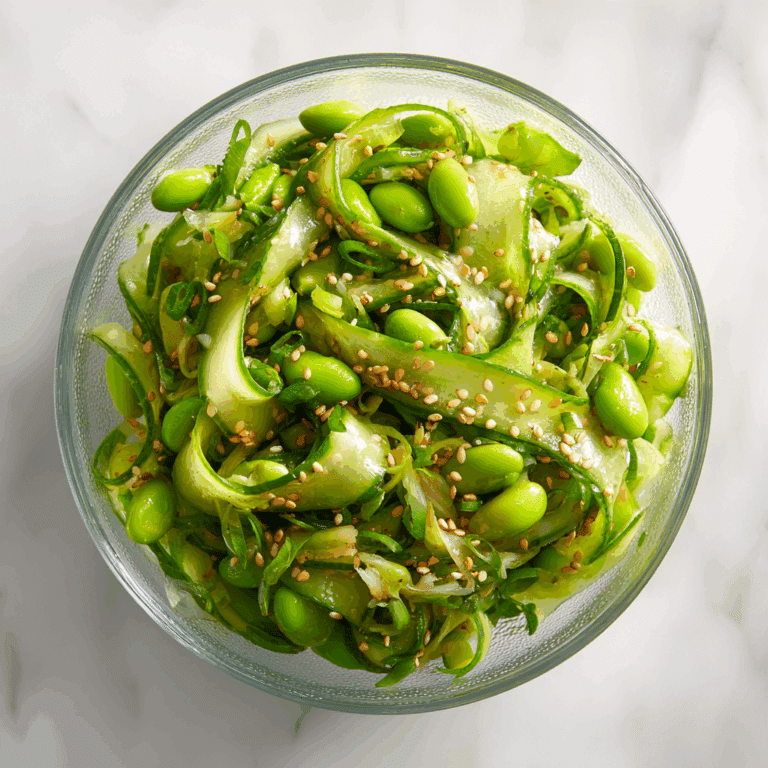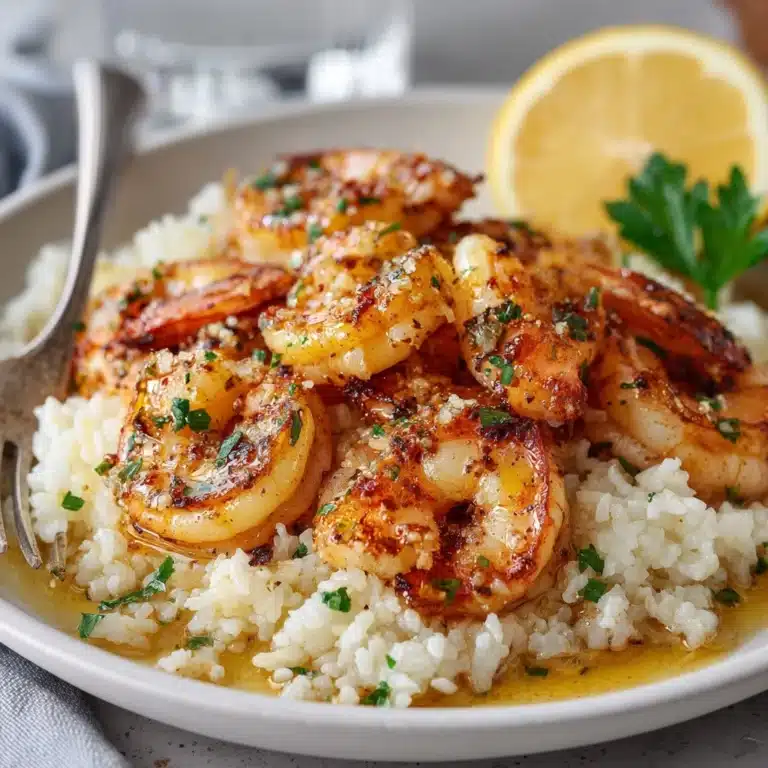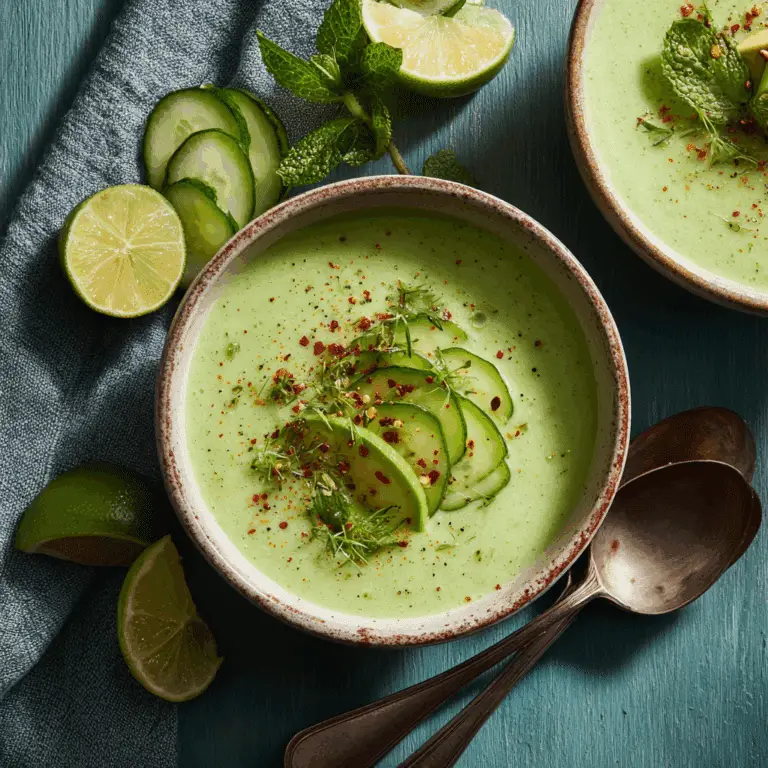Pan-Fried Fish Fillets Recipe
“`html
If you’re craving a dish that’s both simple and incredibly satisfying, these Pan-Fried Fish Fillets will quickly become your go-to meal. Imagine tender, flaky fish with a beautifully crispy golden crust developed by a quick dip in flour and a hot skillet. This recipe is all about celebrating the pure flavors of fresh white fish combined with the bright zest of lemon and a hint of seasoning, making it perfect for a quick lunch, dinner, or anytime you want a healthy, delicious bite without fuss.

Ingredients You’ll Need
These ingredients are straightforward but absolutely essential to create that perfect combination of juicy, flaky interior and crisp, golden exterior. Each component plays a vital role in flavor, texture, and visual appeal.
- White fish fillets (2): Choose firm varieties like cod or tilapia for a flaky yet sturdy texture that holds up well to frying.
- All-purpose flour (1/4 cup): Coats the fish for that irresistible crispy crust that seals in moisture.
- Salt (1/2 teaspoon): Enhances the natural flavor of the fish and the flour coating.
- Black pepper (1/4 teaspoon): Freshly ground for a gentle kick and aromatic touch.
- Olive oil (2 tablespoons): Adds richness and ensures a perfectly golden sear without sticking.
- Lemon wedges (to serve): Brightens the dish with fresh acidity and compliments the richness of the fried fillets.
How to Make Pan-Fried Fish Fillets
Step 1: Prepare the Fish
Start by patting the fish fillets completely dry using paper towels. Removing excess moisture is key—it helps the flour coating adhere properly and ensures your fillets become deliciously crispy when fried. This simple step makes all the difference in texture.
Step 2: Coat the Fish
In a shallow dish, mix the flour, salt, and freshly ground black pepper. Dredge each fillet in this seasoned flour mixture, making sure every side is well-coated. Shake off the excess flour to avoid clumps and promote an even, light crust that sears beautifully.
Step 3: Heat the Pan and Cook
Heat olive oil in a skillet over medium-high heat until shimmering. Carefully add the fillets and cook for about 4-5 minutes on each side. The fish should develop a golden-brown crust while cooking through gently inside. Avoid overcrowding the pan to maintain steady heat — if necessary, cook in batches for consistent results.
Step 4: Drain and Rest
Once cooked, transfer the fish fillets to a plate lined with paper towels to briefly drain excess oil. This step ensures your Pan-Fried Fish Fillets stay crisp without becoming greasy. They’re now ready to serve piping hot for maximum enjoyment.
How to Serve Pan-Fried Fish Fillets

Garnishes
Simple lemon wedges are classic companions, allowing each diner to add a bright citrus zing that cuts through the richness. For an extra fresh touch, finely chopped herbs like parsley or dill sprinkled over the fillets add color and a burst of herbal aroma.
Side Dishes
These fillets pair beautifully with light, vibrant sides such as a mixed green salad, steamed vegetables, or fluffy rice. Roasted potatoes or a creamy coleslaw also make perfect hearty accompaniments that balance the crispy, delicate fish texture.
Creative Ways to Present
For a fun twist, serve the fillets on a bed of wilted spinach or alongside a colorful quinoa salad. Tossing the fish gently with a spoonful of garlic butter or placing them atop a fresh salsa elevates the dish into something special for guests or family meals.
Make Ahead and Storage
Storing Leftovers
If you happen to have leftovers, place the Pan-Fried Fish Fillets in an airtight container and store them in the refrigerator. They will stay fresh for up to two days. Keep in mind that the crust may lose some of its crispiness upon storage.
Freezing
Although best enjoyed fresh, you can freeze cooked fish fillets for up to one month. Wrap each fillet tightly in plastic wrap or aluminum foil, then place them in a freezer-safe bag to prevent freezer burn. Thaw overnight in the fridge before reheating gently.
Reheating
To revive the crispy exterior when reheating, use a skillet over medium heat rather than a microwave. This method helps restore texture without drying the fish out. A quick 2-3 minutes on each side should be enough to warm through delightfully.
FAQs
What type of fish is best for Pan-Fried Fish Fillets?
Firm white fish like cod, tilapia, haddock, or pollock work best because they hold together during cooking and develop a nice flaky texture inside with a crisp crust outside.
Can I make this recipe gluten-free?
Absolutely! Substitute the all-purpose flour with almond flour, rice flour, or even gluten-free breadcrumbs to keep it crisp and safe for gluten-sensitive diets.
How do I prevent the fish from sticking to the pan?
Make sure to heat the olive oil well before adding the fish and avoid moving the fillets around too much while cooking. Also, patting the fish dry helps reduce sticking significantly.
Is it better to use olive oil or butter for frying?
Olive oil is preferable for its higher smoke point and lighter flavor, but you can add a small knob of butter toward the end of cooking for extra richness and aroma if you like.
Can I prepare these Pan-Fried Fish Fillets in advance?
While it’s best served fresh, you can prepare the fish ahead of time by coating them in flour and refrigerating before frying. However, frying and serving immediately yields the crispiest texture and freshest flavor.
Final Thoughts
There’s something wonderfully rewarding about a dish this straightforward and yet bursting with flavor. These Pan-Fried Fish Fillets bring together crispiness, lightness, and fresh zest in a way that feels like a warm hug from the kitchen. Whether for a busy weeknight or a special weekend meal, I truly encourage you to give this recipe a try — you’ll love how quick and delicious cooking fish can be!
“`






